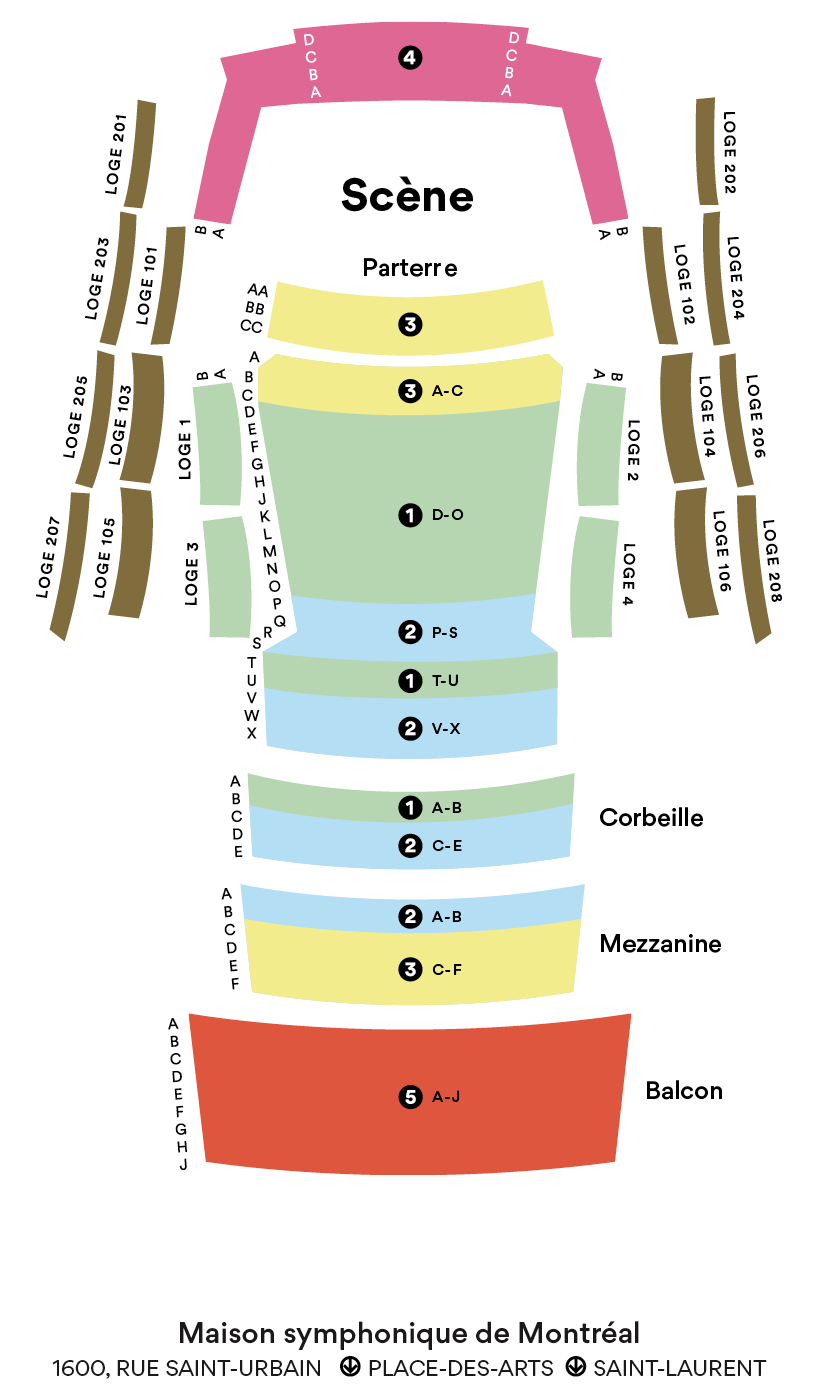Aus Italien
Strauss
1864 – 1949
Aus Italien begins with an Andante titled “In the Country” (Auf der Campagna), which serves as the symphonic poem’s introduction. The opening depicts a sunrise—Strauss developed this idea, magnifying it considerably, in his Alpine Symphony. This is followed by various impressions of the countryside surrounding Rome, an inspiration for many painters, and by characterizations of various locations, including the Villa d’Este. Next, we are transported to the ruins of Rome (In Roms Ruinen). The music’s radiant, martial character, evoking the splendours of Imperial Rome, displays the kind of orchestral colours developed later in Don Juan and Till Eulenspiegel. In “At the Beach in Sorrentoˮ (Am Strande von Sorrent), Strauss describes the wind, the sounds of waves, as well as birdsong, but most of all, the quintessentially Italian dolcezza. Lastly, the traveller is irresistibly drawn to the slopes of Mout Vesuvius, and to the heart of Neapolitan folk life (Neapolitanisches Volksleben). One will readily recognize the song Funiculì funiculà, which Strauss, in his youthful naivety, took for a folk song. Unfortunately so, since this song’s composer Luigi Denza proceeded to sue him … and won!
The birth of a new genre
Richard Strauss stands among the composers who popularized the genre of the symphonic poem, an orchestral composition inspired by an extra-musical element, such as a story or character. leading figure of the modern school.
This genre is thereby consistent with the category of program music, usually a more descriptive kind of work that follows a predefined storyline. Strauss, however, flatly refused to let his symphonic poems be qualified as program music, a term he associated with the kitsch and the picturesque. For him, poetic inspiration is what mattered most; hence, he always spoke in terms of symphonic poems or symphonic fantasias.
Strauss reported being inspired to write the first themes of Don Juan, which he composed in 1888–1889, while at the convent of San Antonio of Padua. Barely two years had passed since Aus Italien and Strauss, who was a mere 24-year-old, carved out a place for himself as an orchestral virtuoso with this second symphonic poem. Inspired by the story of the legendary character of its title, the work is based on an unfinished play by Nikolaus Lenau, some excerpts of which Strauss included in his score.
Don Juan comprises three parts. The first, which describes the hero’s brazen vigour, is full of velocity and lush orchestral colours. This is followed by a section describing the seducer’s conquests, with various amorous-sounding themes heard at the violin and the oboe. The last section introduces the effect of melancholy, announcing the main character’s death: weary of the life he has led and wishing almost to end it, Don Juan confronts the father of one of his conquests in a duel, and succumbs. Don Juan was premiered on November 11, 1889, in Weimar, conducted by Strauss himself. It was triumphantly received, propelling the composer to the status of a
